Camellia sasanqua, commonly known as sasanqua camellia, is a densely branched, pyramidal to oval-rounded, tree-like, evergreen shrub that typically grows to 6-10’ tall. It is native to Japan. It is ornamentally noted for its attractive dark green foliage and fall to early winter flowers. Lustrous, narrow-oval to obovate, dark green leaves (to 3” long) are cuneate and hairy on the midrib with rounded marginal teeth and pubescent petioles. Stems (reddish when young) are covered with significant pubescence. White to pale pink, 6-8 petaled, mildly aromatic flowers (2-3” diameter), each having a central mass of bright yellow-anthered stamens, bloom late summer to early winter depending on local climate. Petals fall after several days but stamens remain, with additional flowers continuing to open in succession over a period of 4-6 weeks. Flowers are followed by small rounded fruits. Species flowers are single, but cultivar flowers often come in single, semi-double or double-flowered forms, with flower colors ranging primarily from white to red. Fruit is a smooth and shiny capsule (to 3/4″ long). Description from Missouri Botanical Garden
Home > Plant Guide >
Scientific Name
Family
Garden Type
Wildlife
Native Plant Region
Light needs
Water Needs
Plant Type
Bloom Color(s)
Height
Width
Months in Bloom
Safe Beneath Power Lines?
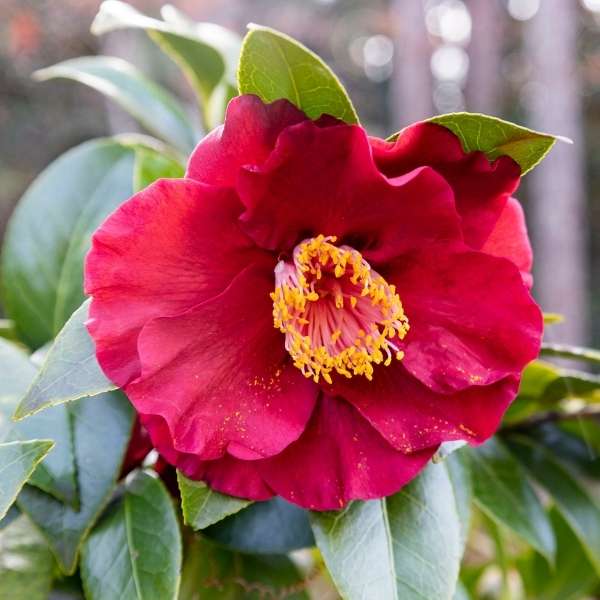
We’d like to maintain accurate and robust plant listings. If you see information that is not correct or that could be added to improve the listing, please let us know. Or if you’d like to suggest a plant to add to our plant guide, you can use this form do so. Thank you!

Do you want to plant a tree, create butterfly habitat, or start a vegetable garden but don’t have a yard? Learn how planting strips are a great place to start your own garden!
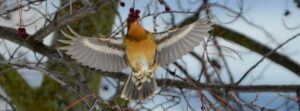
Take a virtual trip across Capitol Hill to learn about urban habitat types, how to identify the unique birds they support, and what we can do to make the neighborhood a safer place for them to live.
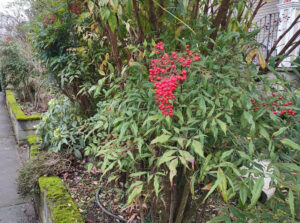
Some introduced plant species can diminish biodiversity. Other plants produce poisons that can harm wildlife. Learn what plants to avoid when figuring out what to plant or remove in your outdoor space.
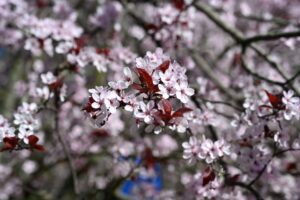
Gardeners can check out seeds for free from the library to plant. Then after harvest, gardeners bring seeds back to the library for others to enjoy in future growing seasons.
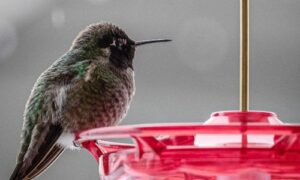
The urban environment presents dangers to wildlife that they are not always adapted to overcome. Reducing urban hazards is an essential part of enhancing habitat in cities. After all, we do not want to lure wildlife into our neighborhoods only to have them fatally collide with our windows.

Start a garden in a planting strip along the street. Explore our interactive corridor map, find what to grow, and start nurturing today.
Nature of Your Neighborhood is a collaboration between Birds Connect Seattle, the Capitol Hill EcoDistrict, and the Seattle Bird Conservation Partnership. Our goal is to foster relationships between the people and the nature of their neighborhoods.